The global textile industry has long relied on dyeing methods that are resource-intensive and polluting. Every year, traditional dyeing consumes trillions of liters of water and releases toxic chemicals into rivers and ecosystems. As the fashion industry faces mounting pressure to reduce its environmental footprint, an innovative new solution has emerged: Colorifix.
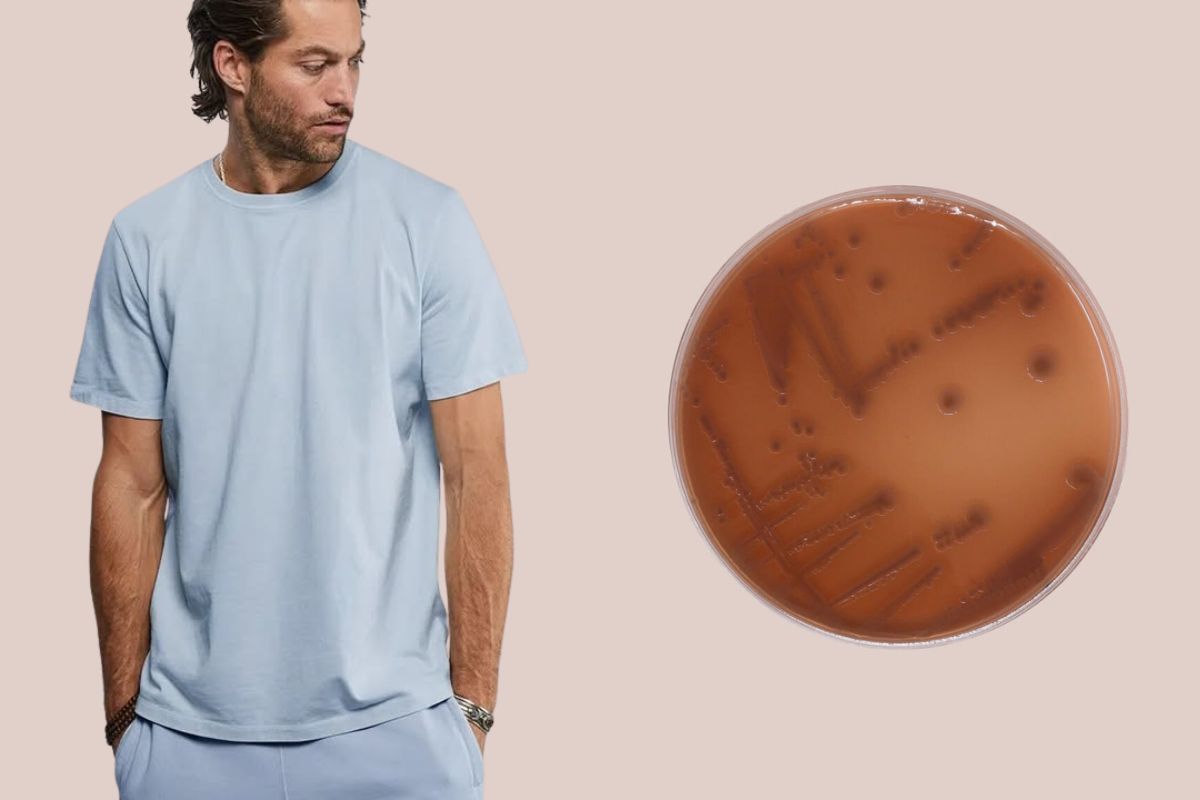
Image source: @colorifix_
A Biological Breakthrough
Colorifix is revolutionizing the dyeing process by using biology instead of harmful chemicals. Developed by scientists with backgrounds in synthetic biology, this innovative approach starts with identifying natural pigments found in living organisms.
Instead of extracting the pigments directly, Colorifix decodes the DNA instructions that organisms use to produce color.
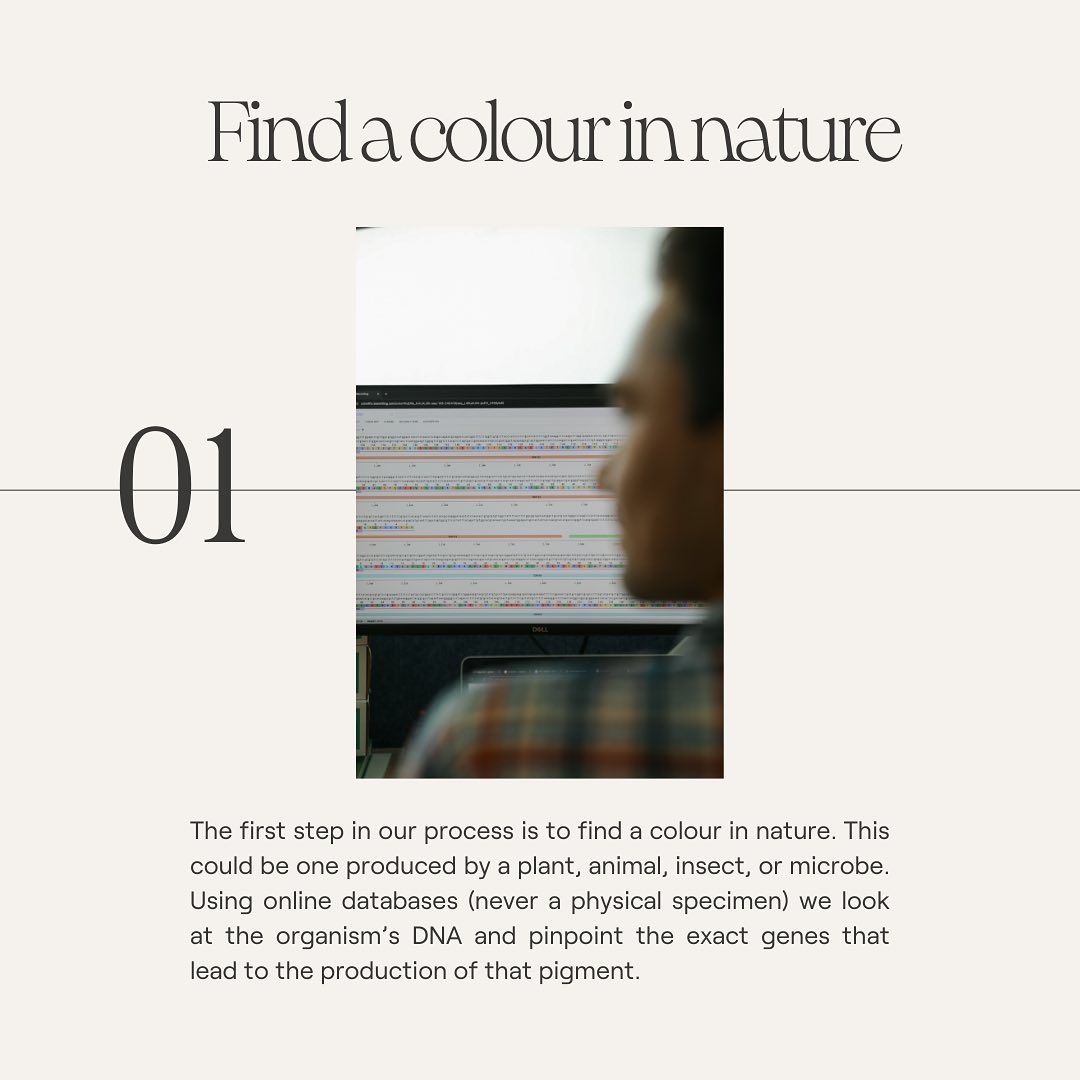
Image source: @colorifix_
These DNA sequences are inserted into safe, engineered microbes, turning them into microscopic dye factories. The result is a biologically produced pigment that can be used to dye fabrics without the need for toxic additives.
From Fermentation to Fabric
The engineered microbes are cultivated through fermentation, a process similar to brewing beer. They feed on renewable materials like sugars and agricultural waste, making the process not only clean but also highly sustainable. Once the microbes produce the pigment, it is directly applied to fabric using standard dyeing equipment, meaning manufacturers don't need to overhaul their existing operations.
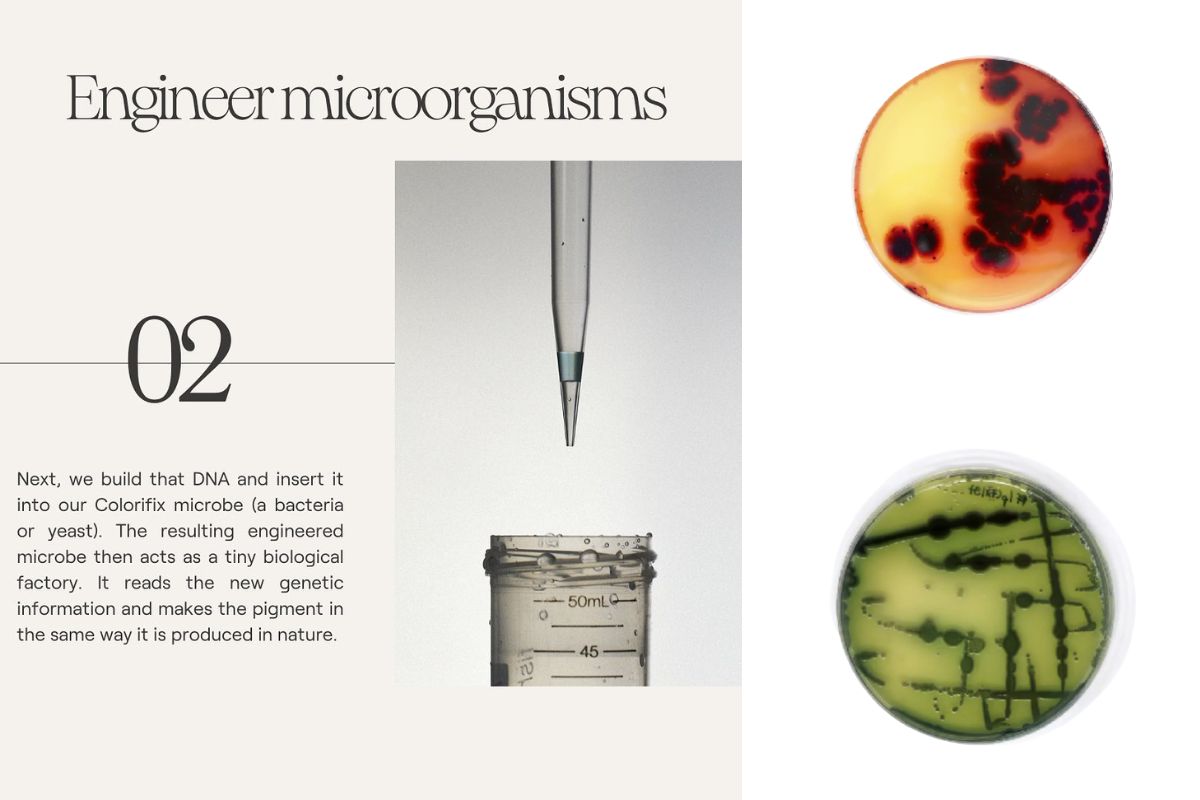
Image source: @colorifix_
Environmental and Industrial Benefits
Colorifix's dyeing technology offers a host of advantages:
Massive Water Savings: Uses up to 90% less water than conventional dyeing.
Lower Energy Use: Reduces energy consumption by at least 20%.
No Harmful Chemicals: Eliminates the need for toxic mordants and heavy metals.
Biodegradable and Safe: The dyes are biologically derived and proven to be safe for both workers and the environment.
This method not only benefits ecosystems but also improves working conditions in dye houses, where exposure to harmful substances has historically posed serious health risks.
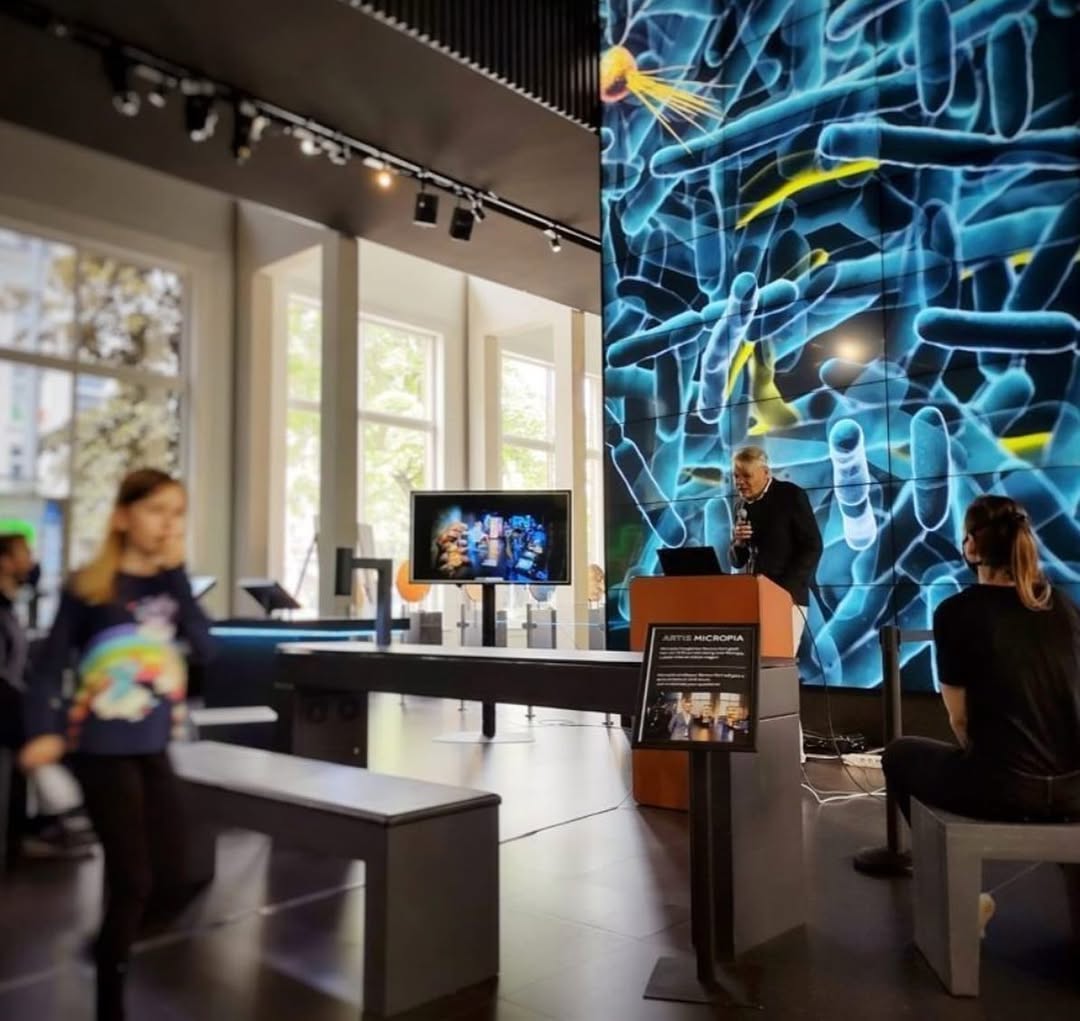
Image source: @colorifix_
Industry Momentum and a Greener Future
Looking ahead, Colorifix aims to scale its technology globally, with an ambitious goal of dyeing 15% of the world's textiles using its method by 2030. It stands as a powerful example of how science and sustainability can make a great team to reshape one of the world's most polluting industries.
Be sure to follow reflawn's news page and not miss out on sustainable insights and topics like this!
What is Colorifix?
Colorifix is a company that uses synthetic biology to create natural dyes with engineered microbes, offering an eco-friendly alternative to traditional textile dyeing.
How does Colorifix's dyeing process reduce environmental impact?
Colorifix uses engineered microbes to produce natural pigments through fermentation, cutting water and energy use by up to 90% and eliminating harmful chemicals typically used in dyeing.
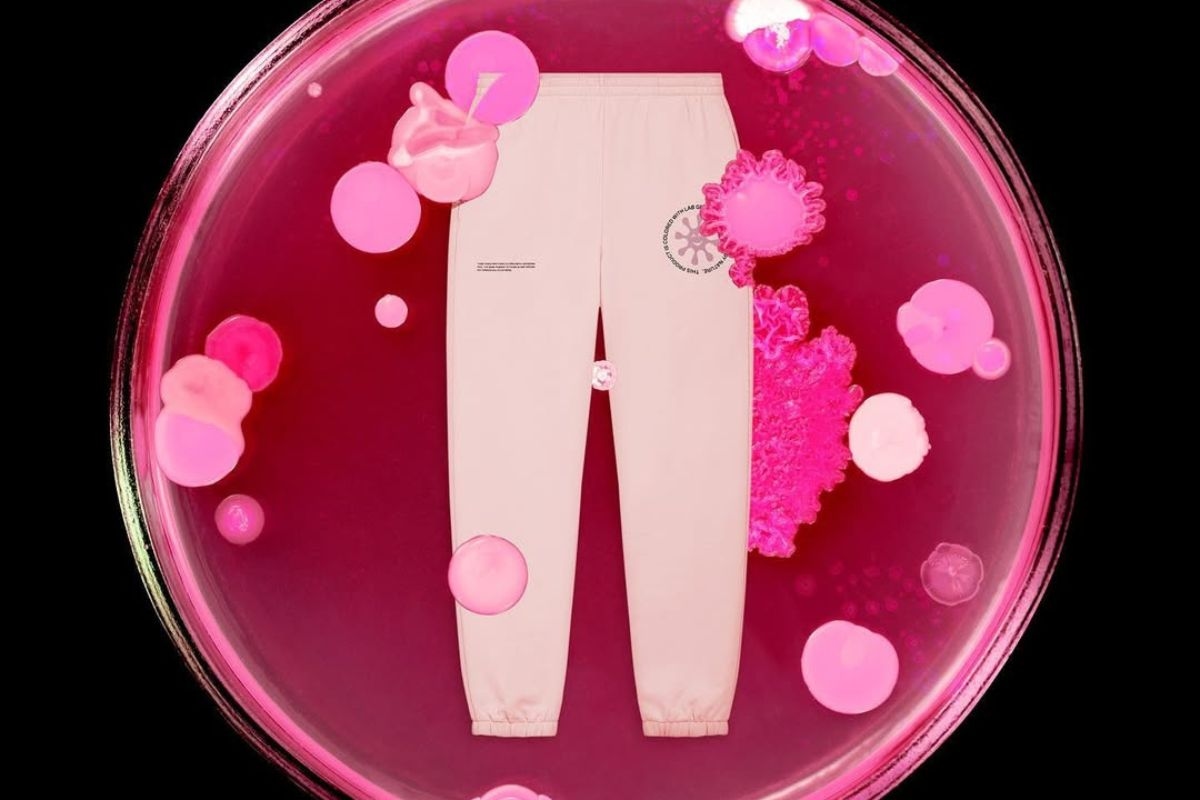

.png&w=3840&q=75)

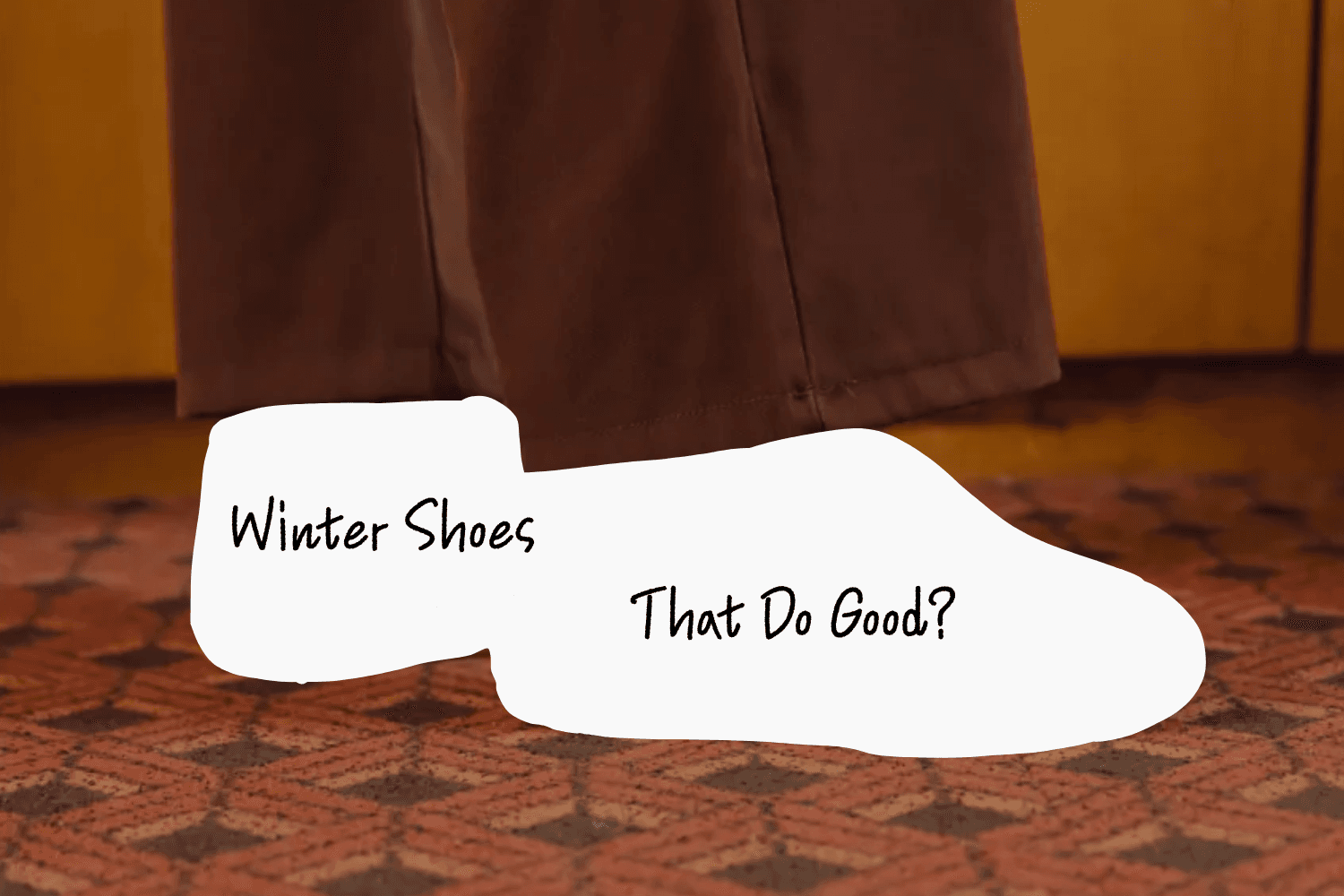
.png&w=3840&q=75)
.png&w=3840&q=75)

